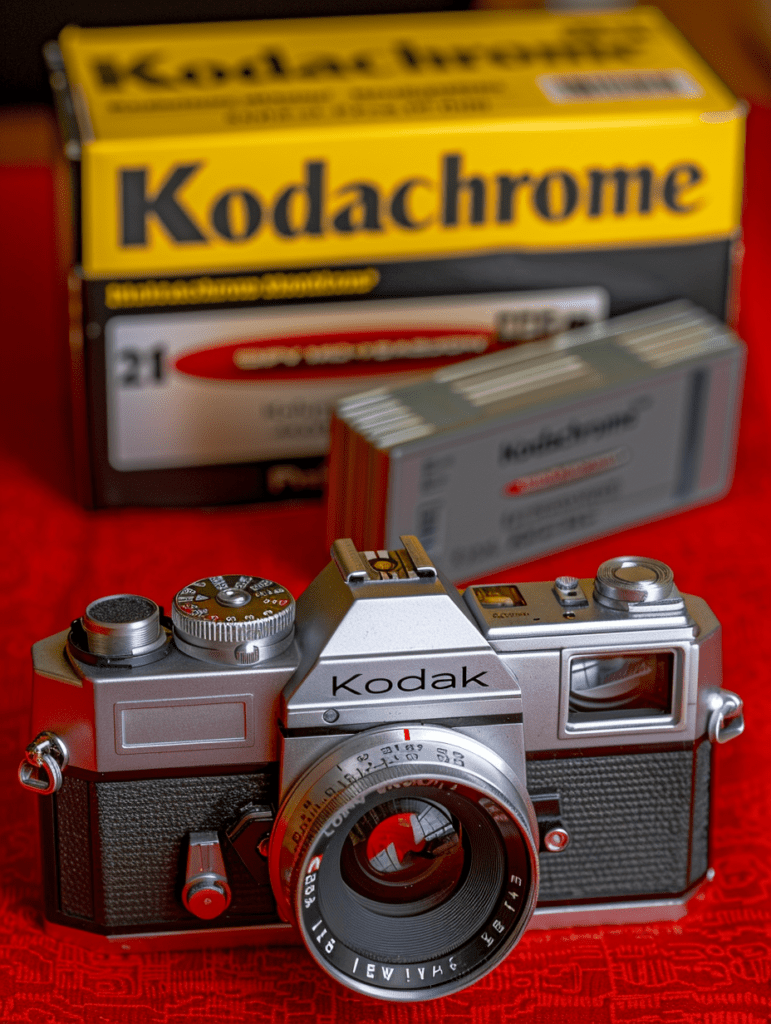On This Day, April 15, 1935, the Eastman Kodak Company introduced Kodachrome, a revolutionary type of color film that would transform the world of photography and motion pictures. Developed by Leopold Godowsky Jr. and Leopold Mannes, musicians and amateur scientists, Kodachrome was notable for its vivid colors and durability. Unlike earlier color films, Kodachrome provided greater color accuracy, lesser grain, and long-lasting color preservation, features that made it an instant favorite among professional photographers and amateurs alike.
The introduction of Kodachrome film was a pivotal moment in the visual arts, enabling the capture of images in vibrant color with a level of detail and color accuracy that was previously unattainable. Its impact was profound, influencing not just photography, but also filmmaking, journalism, and even personal documentation of everyday life and major events.
Kodachrome remained popular for several decades and was celebrated for its rich, saturated colors, which became a hallmark of mid-20th-century American photography. It was used to capture a myriad of historical moments and iconic images that defined generations. The film’s production was discontinued in 2009 due to the rise of digital photography, but its legacy endures in the countless images preserved and cherished by individuals and institutions around the world.
